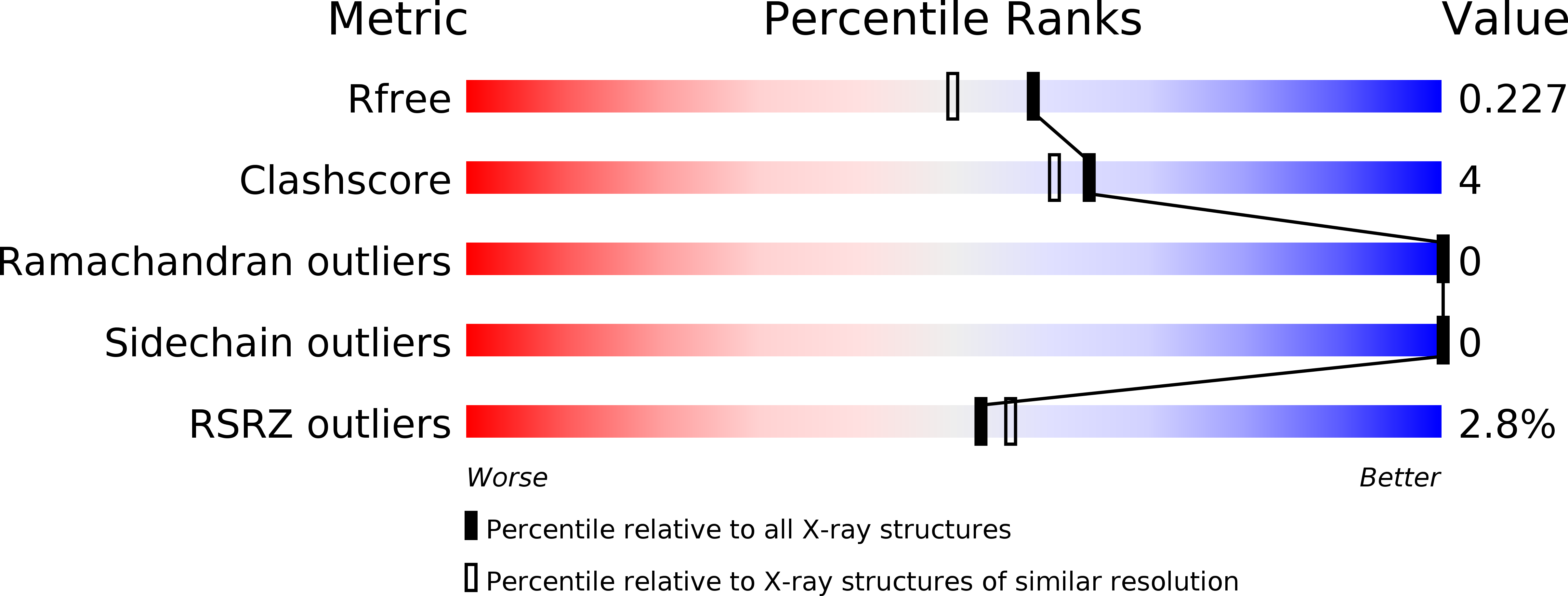
Deposition Date
2017-11-14
Release Date
2017-12-20
Last Version Date
2024-03-13
Entry Detail
PDB ID:
6BME
Keywords:
Title:
Crystal structure of Chlamydomonas reinhardtii THB4
Biological Source:
Source Organism:
Chlamydomonas reinhardtii (Taxon ID: 3055)
Host Organism:
Method Details:
Experimental Method:
Resolution:
1.90 Å
R-Value Free:
0.22
R-Value Work:
0.18
R-Value Observed:
0.19
Space Group:
P 21 21 2


